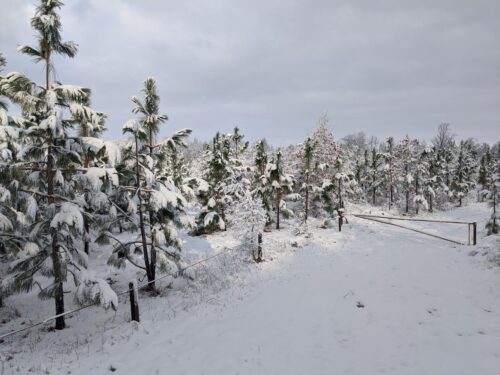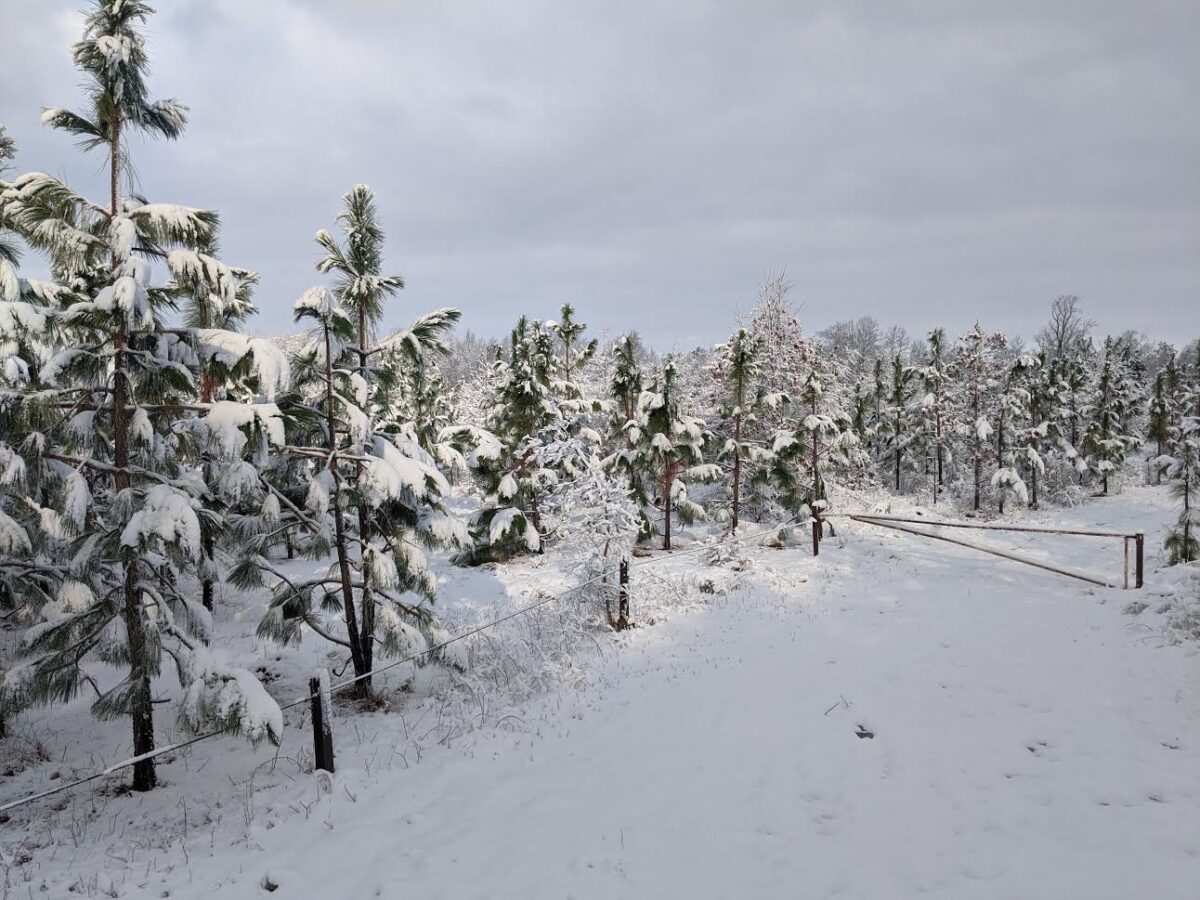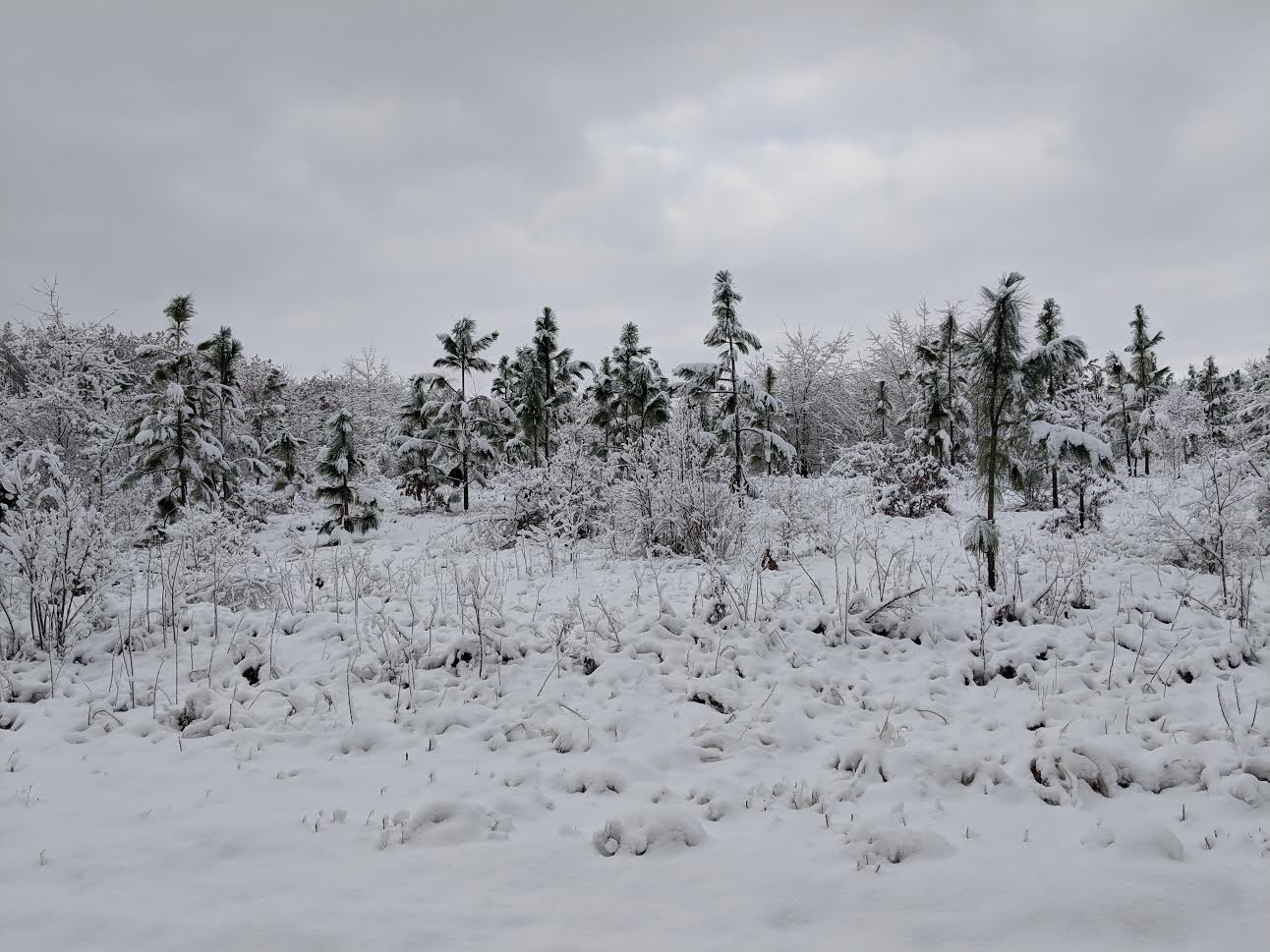Field Notes: Protecting the Northern Source Longleaf
March 11, 2020 2:09 pm

By Senior Area Forester Scott Bachman
The official start of spring may be only weeks away, but forester Scott Bachman doesn’t want to breeze past the (briefly) snowy landscape of southeastern Virginia. The scene highlights a unique landscape feature that VDOF is working to protect – the northern seed source of longleaf pine.
Several weeks ago, the southeastern counties and cities of Virginia received their first and only snow of this winter (so far!) As you might expect, the few inches of wet snow created a spectacular landscape that was so different from our typical winter landscapes of earth tones and greens. It was remarkable to see the contrast of bright white against our pine-hardwood forests. A young longleaf pine stand provided a particularly unique vista.


Longleaf on Virginia Department of Conservation and Recreation property in Isle of Wight, called the Antioch Pines of the Blackwater Pine Barrens.
Once a representative tree of the Deep South, longleaf pine is now a diminished species in Virginia. The City of Suffolk contains the last larger acreage of native longleaf pine in the Commonwealth. The seed source from this stand is being protected and harvested of seed producing cones by the Virginia Department of Forestry (VDOF) and the Department of Conservation and Recreation, Natural Heritage program.
Why is this important? The trees of our native longleaf seed source exhibit characteristics that are somewhat different than trees from farther south. VDOF research staff has tested local seed source trees against other sources and can verify this difference.
Are our “northern source” trees better able to withstand a blanket of snow? I don’t know that we can yet answer this with certainty, but the genetics are certainly worth protecting.
Tags: Genetics, Longleaf Pine, Native Species
